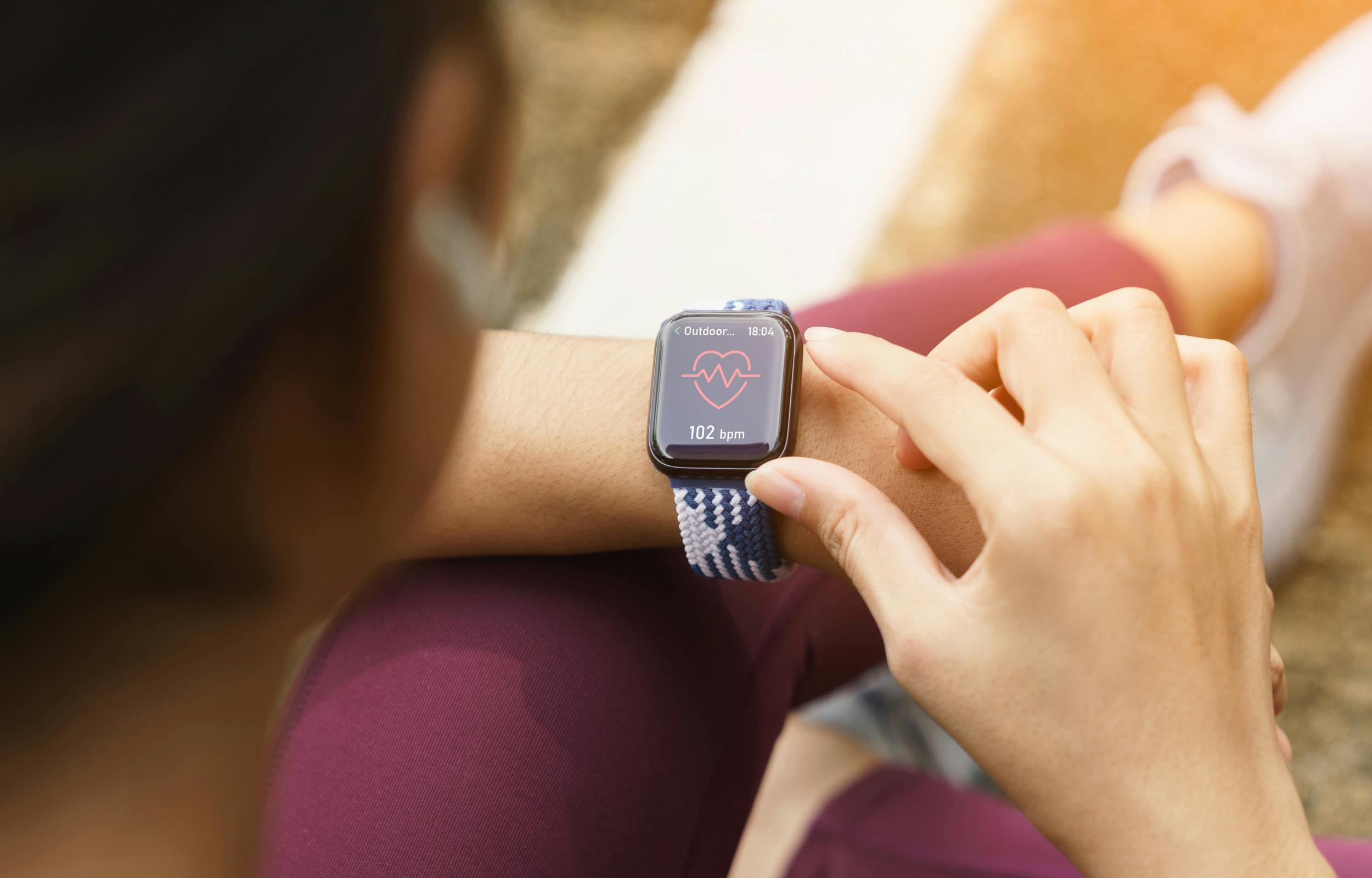Your smartwatch can detect seizures now—if it’s an Apple Watch
Every week, we’re excited to see new advancements in the world of wearables. Far from the pedometers of two decades ago, consumer wearables like smartwatches can now help users monitor and react to many different aspects of their health and fitness.
A new smartwatch feature: The latest smartwatch feature to make headlines is EpiWatch, a continuous seizure monitor app that the FDA recently cleared.
- The startup behind the app began as a Johns Hopkins University research project using Apple’s ResearchKit platform.
- Given this association with Apple, it’s no surprise that EpiWatch is an Apple Watch-specific app.
- The app is the first of its kind for Apple Watch, and the company says it offers users enhanced security and the privacy of discreet monitoring, a benefit for epilepsy patients who face stigma out in the world.
Plus, the company has moved beyond offering just the smartwatch-associated monitoring we expect from this kind of feature. They are also developing care programs for EpiWatch users.

The legacy of Apple’s ResearchKit: In 2015, EpiWatch was one of the first research projects launched on the ResearchKit platform. Its journey to commercial clearance marks the success of this brand- and device-specific innovation model.
- A similar pathway unfolded for another original ResearchKit project, a Parkinson’s study that turned into several startups.
- The story of ResearchKit is one of symbiosis. At the same time Apple was launching its smartwatch, the company was making inroads in the world of healthcare research. Team who were already interested in exploring what smartphones and wearables could do for their research naturally meshed with Apple’s interests, and several such partnerships blossomed.
- Now, Apple has cultivated brand loyalty for both the researchers using Apple Watch and the users benefiting from this host of health tools.
- We’re seeing similar approaches from other leading wearable makers like Google and Oura.
- In fact, STAT’s Mario Aguilar recently connected this new and old guard of wearable health innovation: Ricky Bloomfield, Oura’s brand new chief medical officer, was originally involved in the first round of ResearchKit studies on the Autism & Beyond project.
In the meantime, we’re left with these questions: With health innovations developed in partnership with specific wearable brands, can lower-resourced wearable players keep up? And will users need to diversify their personal collections of these consumer wearables to make use of all of these possible health features, or will we eventually see these features become more device-agnostic? We’ll keep a lookout—and try not to spend our entire budget on these exciting devices.